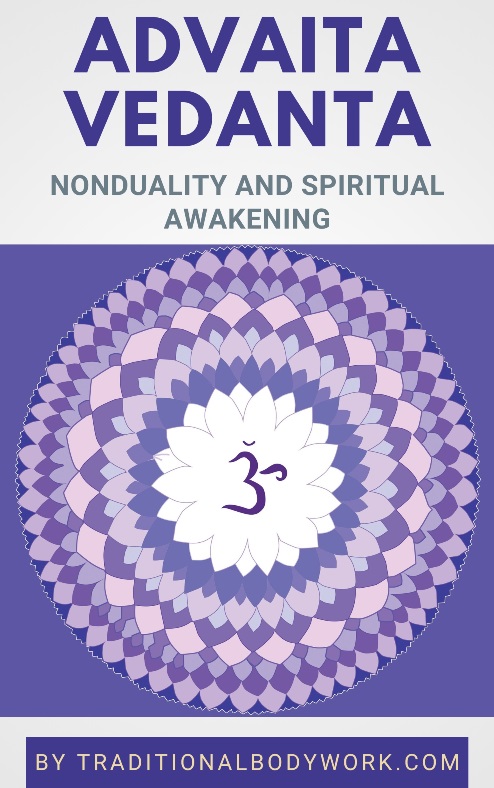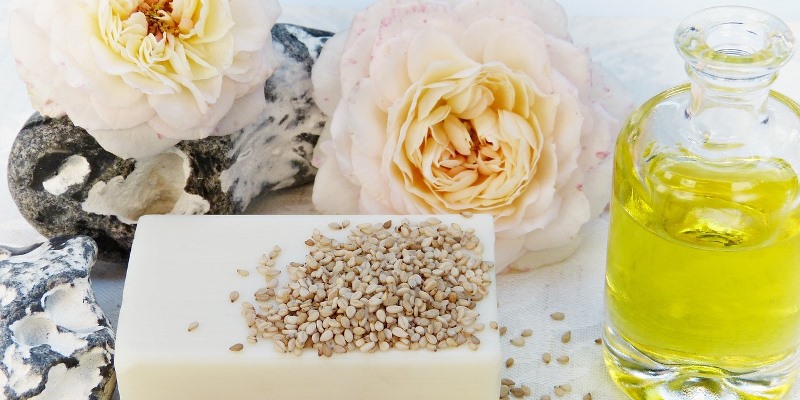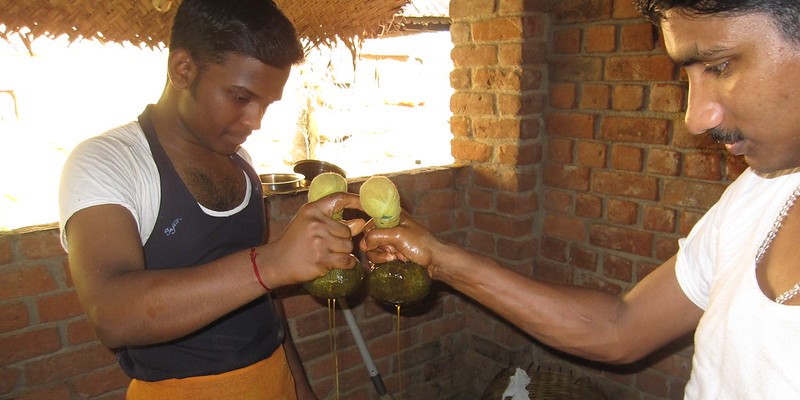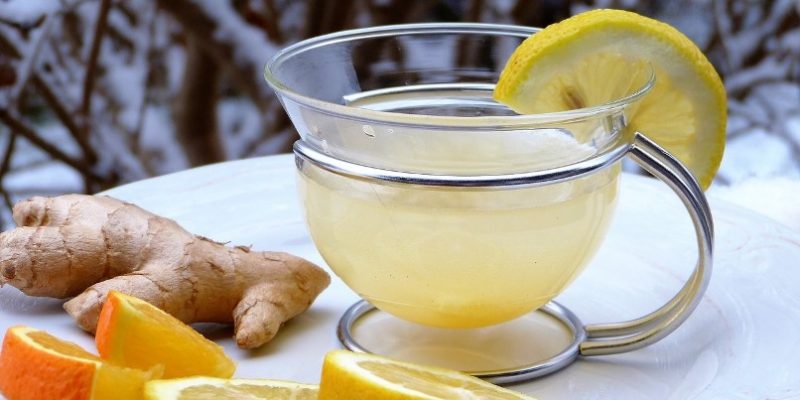
In Ayurveda, Self Massage as part of a range of Self-Care practices is considered of great importance. Self-Care is of such significance that Ayurveda Medicine has created a set of directives for daily Self-Care routines, which are called Dinacharya.

The overall idea behind a daily Self-Massage routine is to nourish body, skin and hair, stimulate circulation and vitality, calm the nervous system, and maintain or improve one’s wellbeing and longevity. Mind that it doesn’t need to be a very long or elaborate massage practice: ten to fifteen minutes of daily Self Massage is more than enough to support a good start of the day.
The most common type of Self-Massage is an Abhyanga Full-Body Oil Massage, which is then called Self-Abhyanga. Nevertheless, it’s also common to perform Shiro Abhyanga (Head and Scalp Massage), Face Massage (Mukha Abhyanga), or Garshana Brushing as an additional massage treatment or alternative.
Don’t look at Ayurvedic Self-Massage as a very extensive massage practice. It shouldn’t be placed at the same level as a (therapeutic) treatment given by a professional Ayurveda practitioner. Self-Abhyanga is more like firmly, but lovingly “rubbing in” oils.
Nevertheless, the choice of oils is not random and depends strongly on a person’s Dosha-type and/or the Doshas that need to be balanced or pacified. Additionally, the season of the year can also play a role in the choice of massage oils.

















